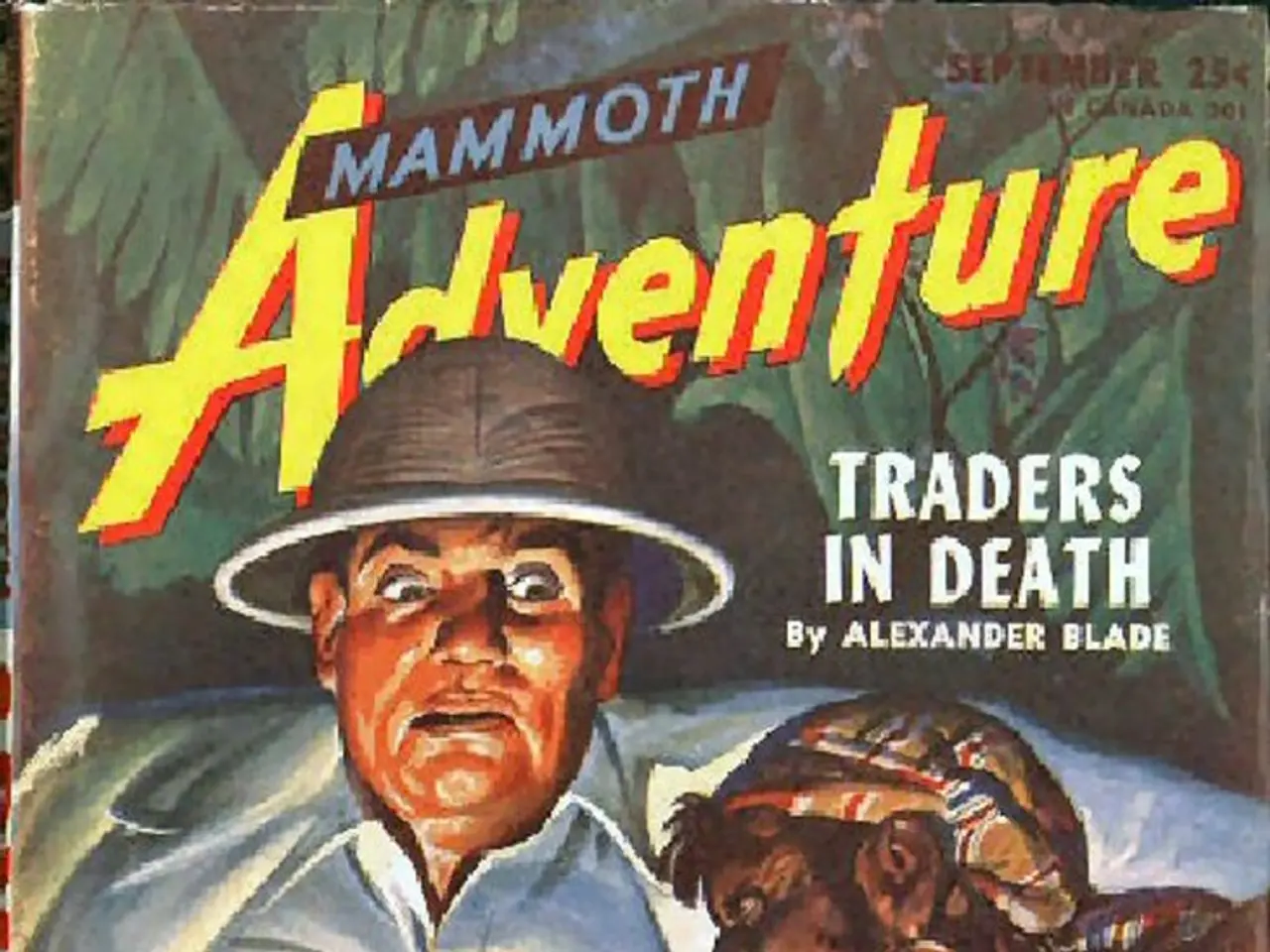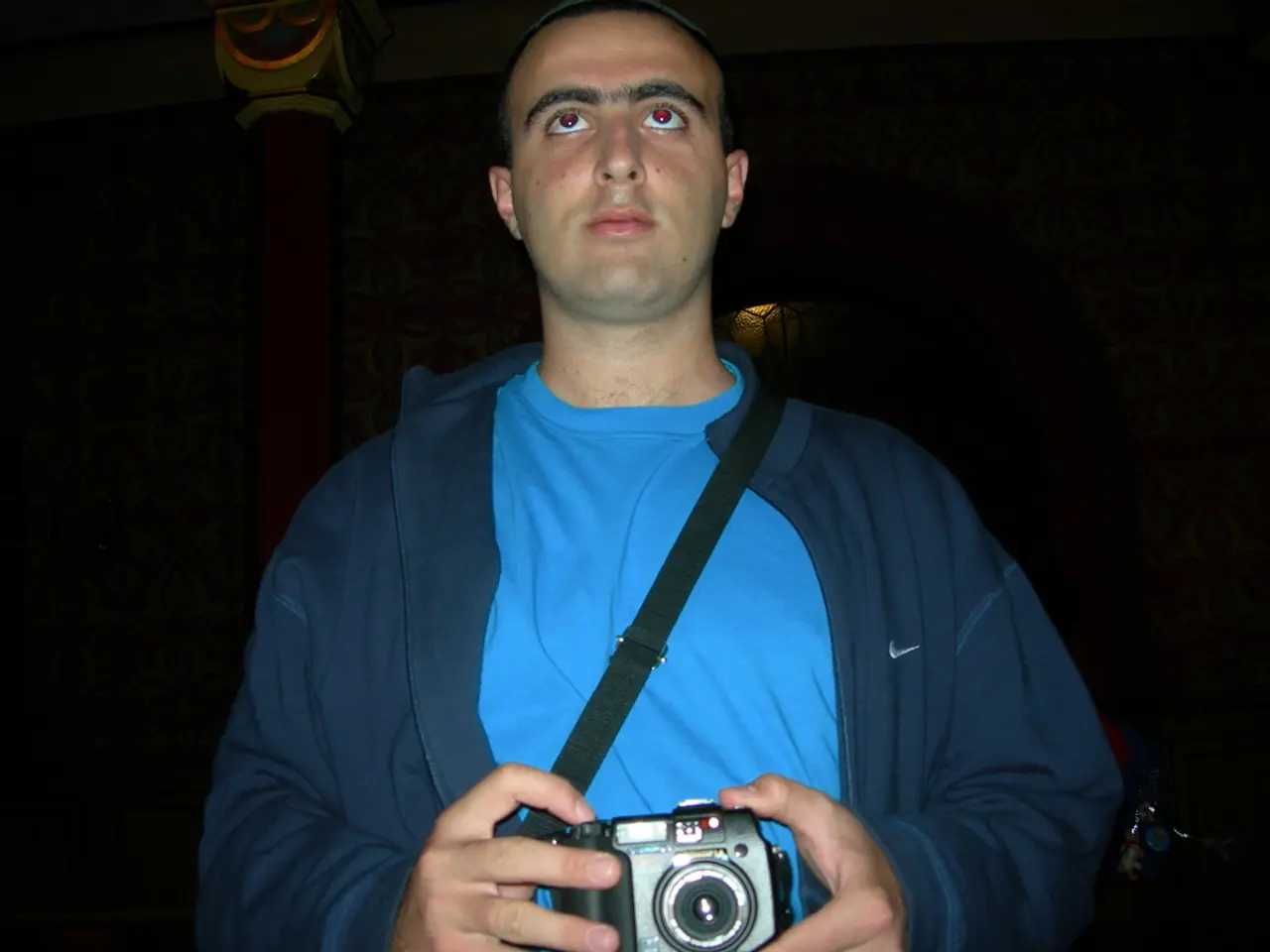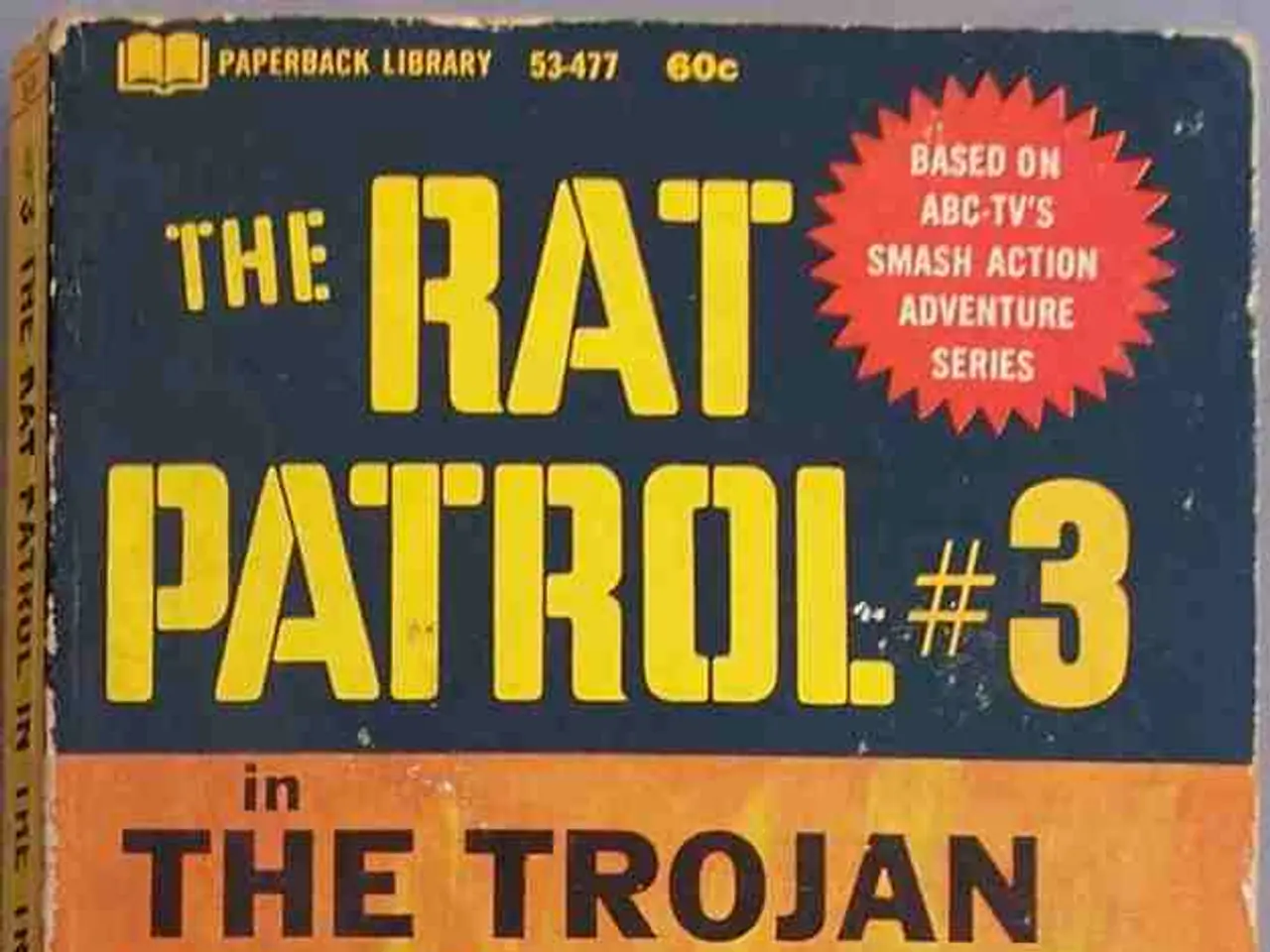Start Point: Exploring the Works of Béla Tarr
For those new to the world of Hungarian filmmaker Béla Tarr, a journey through his distinctive and thought-provoking works is an unforgettable experience. Known for his contributions to the "slow cinema" genre, Tarr's films are characterised by long takes, atmospheric pacing, and philosophical depth.
Three highly recommended starting points for exploring Tarr's oeuvre are "Werckmeister Harmonies" (2000), "Satantango" (1994), and "The Turin Horse" (2011).
"Werckmeister Harmonies" is an excellent introduction, offering a balance between accessibility and the complex, meditative qualities of Tarr’s filmmaking. This film is renowned for its evocative use of bleak, desolate settings and its slow, immersive storytelling that captures themes of societal disintegration and human frailty. It serves as a gateway to Tarr's broader oeuvre, providing a digestible yet representative experience of his thematic concerns and stylistic choices.
"Satantango" and "The Turin Horse" are also essential viewings, showcasing Tarr's unique cinematic language—atmospheric tension, carefully composed shots, and elliptical narrative structure—that is foundational for understanding his work. "Satantango," debatably Tarr's best and most famous work, is set during communist rule in 1980s Hungary, offering a glimpse into the historical context that enriches the viewing experience.
Tarr's earlier works, before "Damnation" (1988), align more closely with Hungarian social realism films, focusing on the lives of normal and working-class people. His final film, "The Turin Horse" (2011), shares similar bleak themes and long runtime with his other works but feels fresh and new.
Throughout his career, Tarr has collaborated with musician Mihály Vig, who has provided beautiful music for many of his films. His work has been compared to that of Russian director Andrei Tarkovsky, but is described as a "despiritualised Tarkovsky" due to its exploration of the loss of faith.
Understanding 20th century Hungarian history, particularly the communist rule in the 1980s, can enhance the appreciation of "Satantango." Despite this, reading the book "Sátántango" by László Krasznahorkai before watching the film is not recommended for a more visceral experience.
Tarr's films, while potentially overwhelming at first, are worth every moment of time and effort. They have gained a cult-like following and are often long and bleak, offering a unique and immersive cinematic experience for those willing to dive in. After exploring these central works, viewers can delve deeper into Tarr's earlier works such as "Family Nest" (1979), "The Outsider" (1982), and "The Prefab People" (1982). These films provide a fascinating insight into Tarr's early development as a filmmaker and his evolution into the master storyteller he is today.
Engaging with Tarr's films offers an immersive experience in entertainment that transcends conventional boundaries, as these works delve into complex thematic concerns and employ unique style choices. For instance, "Satantango," a masterpiece from Tarr, portrays societal decay during communist Hungary in the 1980s, while "Werckmeister Harmonies" explores themes of human frailty and societal disintegration through evocative storytelling.






